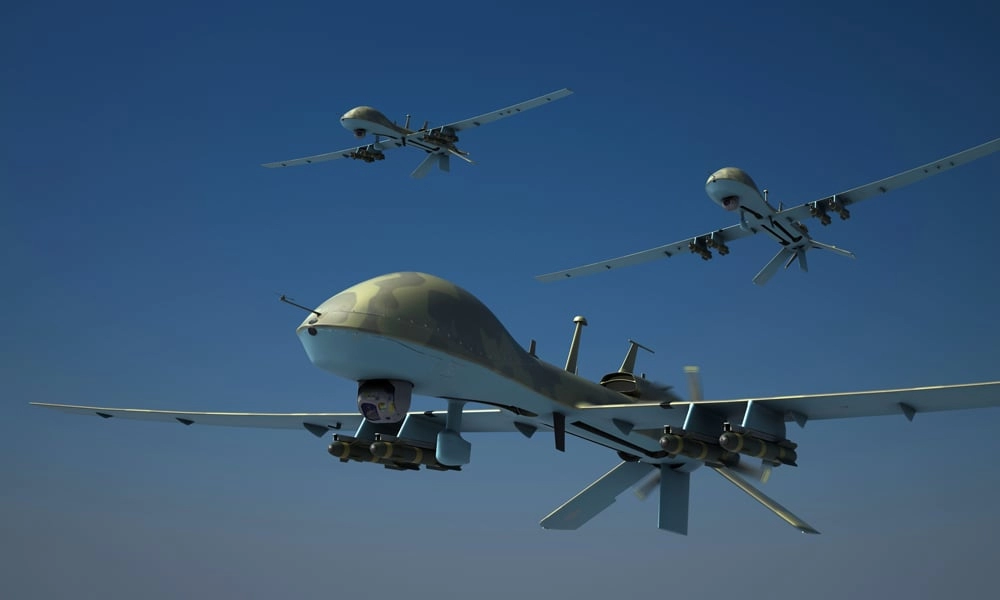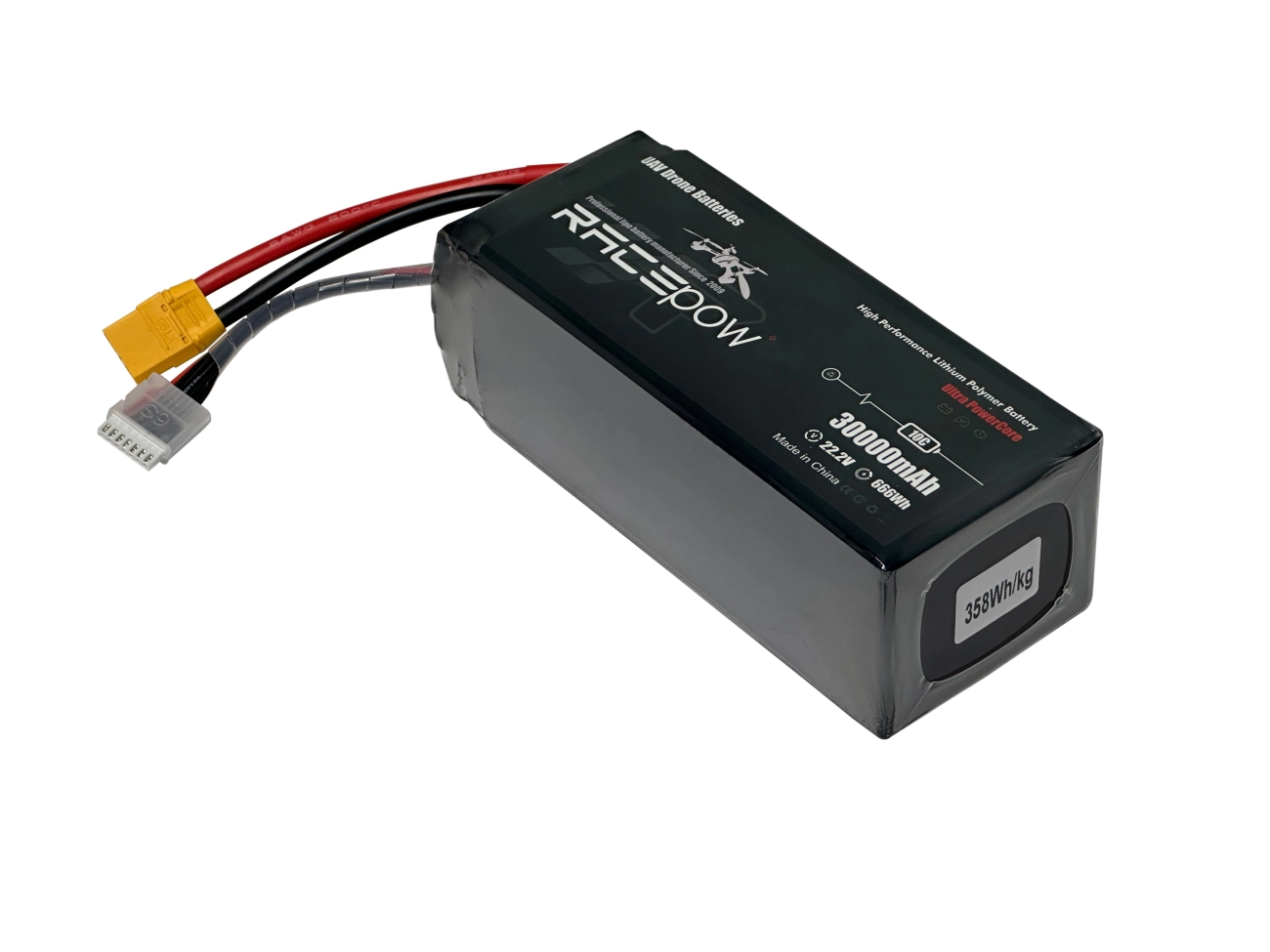
Have you ever wondered why managing your drone’s battery is critical? Modern UAVs rely heavily on their batteries for everything—from lift to onboard electronics. Without a dedicated UAV battery management system (BMS), you’re stepping into risky territory.
Unmonitored batteries can be ticking time bombs. Here’s what can happen if your drone lacks proper battery management:
Thermal Runaway: Overheating cells can cause fires or explosions, especially with lithium-ion or LiPo batteries.
Cell Imbalance: Uneven charge levels across cells reduce battery lifespan and increase failure risk.
Overcharge and Overdischarge: Damaging the battery and, in worst cases, leading to sudden power loss mid-flight.
State of Charge (SoC) Miscalculations: Without accurate SoC estimation, you might think you have more juice than you really do.
Ignoring a UAV BMS doesn’t just threaten your battery—it risks the entire mission. Poor battery health means unpredictable flight times, sudden drone failures, and compromised safety for people and property below.
With a smart UAV battery management system, you get:
Optimized flight endurance for longer missions
Real-time battery health monitoring reducing unexpected downtime
Safe operation preventing crashes caused by power issues
In a nutshell, a UAV BMS isn’t optional—it’s essential for anyone who values durability, safety, and peak drone performance.
A UAV battery management system (BMS) is the brain behind safe and efficient drone battery use. It keeps everything running smoothly by constantly checking the battery’s health and performance. Here’s how it works and what makes it essential:
Monitoring: The BMS tracks voltage, current, temperature, and state of charge (SoC). This real-time info helps prevent overcharging or deep discharging—both harmful to lithium-ion or LiPo cells used in drones.
Balancing: To keep all battery cells healthy, the BMS equalizes their charge levels. This “cell balancing” prevents weak cells from dragging down the whole battery pack and extends flight endurance.
Protection: Safety is critical. The BMS safeguards against thermal runaway, short circuits, and overcurrent conditions common in high-discharge batteries for multirotors. These protections drastically reduce the risk of damage or fire.
Modern UAV BMS systems tap into advanced tech to boost performance and reliability:
Machine Learning (ML) Predictions: Some BMS designs use ML to predict state of health (SoH) and remaining battery life. This smart monitoring delivers better accuracy in managing battery use and planning flight missions.
CAN Protocols: Controller Area Network (CAN) bus integration allows seamless communication between the BMS and other drone systems. This smart UAV battery monitoring setup improves coordination of power management and flight control, especially in more complex commercial or defense UAVs.
For U.S. drone operators demanding reliability and top-notch safety, understanding how a UAV BMS works makes it clear why it’s an essential tool for both everyday flyers and professional users.

Choosing the right UAV battery management system (BMS) is critical for getting the best out of your drone. Here’s what to focus on to make a smart choice that fits your specific UAV needs.
| Specification | Why It Matters | What to Look For |
|---|---|---|
| Voltage Range | Must match your drone’s battery voltage to avoid damage | Supports your battery voltage limits (e.g., 3S-12S LiPo) |
| Current Rating | Should handle max current draw without overheating | High-discharge rating for multirotors or high-performance drones |
| Cell Balancing | Keeps each LiPo cell balanced for longer battery life | Active or passive balancing support |
| Protection Features | Prevents overcharge, overdischarge, short circuit, thermal runaway | Built-in safety protections for peace of mind |
| Communication Protocols | Enables integration with flight controllers and CAN bus systems | CANBUS or UART interfaces preferred |
| State of Charge (SoC) & Health (SoH) Estimation | Helps optimize flight endurance and maintenance | ML-based SoH prediction adds value |
| Size and Weight | Should suit UAV size without adding unnecessary weight | Compact, lightweight design practical for drones |
Different drones call for different BMS solutions:
| Drone Type | BMS Requirements | Notes |
|---|---|---|
| Small Consumer Drones | Basic cell balancing, low current rating | Lightweight, cost-effective |
| Commercial Drones | Advanced protection, ML-based monitoring | Focus on flight efficiency and battery health |
| Industrial UAVs | High current rating, CANBUS integration | Robust, supports heavy payloads and long flights |
| Defense UAVs | Highest safety standards, smart monitoring | Real-time diagnostics, secure communication |
Matching your UAV battery management system with the drone's battery type and usage will safeguard your investment and extend flight performance. For users in the U.S., where regulations and environmental factors vary widely, picking the right BMS is key to reliable, safe operations.

A reliable UAV battery management system (BMS) isn’t just a tech luxury—it’s essential across many industries where drones play a key role. Whether it’s commercial delivery, industrial inspections, or defense, a drone BMS keeps operations smooth and safe.
Delivery Services: Companies rely on UAV BMS to monitor battery health, optimize flight endurance, and prevent unexpected shutdowns during critical package drops.
Agriculture: Drones surveying crops need precise battery management to cover large fields efficiently and avoid downtime in remote areas.
Infrastructure Inspections: Power lines, bridges, and pipelines require drones to fly safely near sensitive structures—something a quality BMS ensures by managing thermal runaway prevention and cell balancing.
Filmmaking and Photography: UAV BMS helps artists get maximum flight time with smart battery monitoring, supporting longer shoots without risking sudden power loss.
Surveillance and Reconnaissance: Defense applications demand high-discharge BMS solutions for multirotor UAVs, guaranteeing precise SoC estimation and protection under harsh conditions.
Search and Rescue: In emergencies, intelligent BMS technology offers reliable power management, helping drones deliver critical footage and supplies with safety guarantees.
Emerging Tech: New drone models use ML-based SoH prediction and CANBUS BMS integration to push the limits of flight efficiency, making UAV battery management systems more strategic than ever.
Across these sectors, a strong UAV BMS keeps lithium-ion batteries safe, optimizes performance, and extends drone lifecycle—making it the backbone of modern drone operations here in the US.
When it comes to managing UAV batteries, KuRui BMS stands out as a reliable partner for enhancing drone performance and safety. Designed specifically for UAV lithium-ion protection and efficient LiPo cell balancing, KuRui makes sure your drone’s battery health stays top-notch while optimizing flight endurance.
| Feature | Benefit |
|---|---|
| Smart UAV Battery Monitoring | Real-time SoC and SoH estimation for precise battery status |
| High-Discharge Support | Ideal for multirotors and industrial UAVs needing power bursts |
| Thermal Runaway Prevention | Keeps your battery safe under extreme conditions |
| CANBUS BMS Integration | Easy communication with advanced UAV control systems |
| ML-Based SoH Prediction | Predicts battery aging and maintenance needs to avoid downtime |
Many commercial and defense drones powered by KuRui BMS report:
Improved flight time by up to 20% through smart cell balancing and power management
Enhanced battery lifespan, reducing replacement frequency and costs
Seamless integration with popular drone platforms thanks to flexible CAN protocols
Integration Tips:
Match KuRui BMS specs to your specific UAV lithium-ion pack size and discharge needs
Use the built-in monitoring tools for preventive maintenance alerts
Regularly update firmware to leverage AI-driven diagnostics and new features
KuRui BMS is more than just a battery management system; it's a solid foundation for any modern UAV operator looking to maximize safety, efficiency, and battery life.
Keeping your drone fleet ready for tomorrow means staying ahead with the latest UAV battery management system (BMS) innovations. The future is leaning heavily on AI-driven diagnostics that can predict battery issues before they happen. This means smarter SoH (state of health) and SoC (state of charge) estimations powered by machine learning models tailored for UAV lithium-ion protection. Instead of waiting for failures, your BMS will proactively alert you to potential thermal runaway risks or capacity losses, saving time and money.
Another big trend is compatibility with solid-state batteries. These newer battery types promise higher energy density and safer performance but require a specialized BMS for balancing LiPo cells and managing charge/discharge cycles effectively. Integrating CANBUS BMS options offers better communication with drone flight control systems, improving flight endurance optimization and overall safety.
In short, next-gen UAV BMS units will combine smart battery monitoring, AI insights, and more robust hardware designs to help you get the most from each flight while minimizing risks. Getting on board with these cutting-edge systems now will future-proof your UAV operations and keep your fleet competitive in the evolving US market.